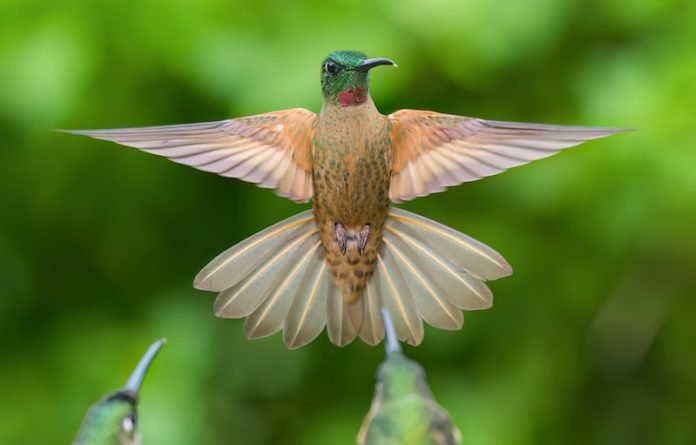
A new study conducted by a global team of evolutionary biologists, genetics experts, and phylogenomicists has unveiled that the diversification of bird species started well before the catastrophic extinction of dinosaurs.
This research, published in the Proceedings of the National Academy of Sciences, challenges the previously held belief that the asteroid impact, which marked the end of the non-avian dinosaurs, was the sole catalyst for the rapid diversification of Neoaves, a group encompassing 95% of all modern bird species.
The team embarked on an ambitious project to construct a detailed evolutionary tree for Neoaves by analyzing the genomes of 118 bird species.
This comprehensive study utilized data from 25,460 genetic loci across four DNA classes, offering an unprecedented glimpse into the ancient lineage of birds.
Their findings indicate that Neoaves had a common ancestor around 130 million years ago, significantly earlier than the asteroid strike 66 million years ago.
The analysis revealed an early bifurcation within Neoaves, leading to the formation of two main branches: one comprising land birds and the other waterbirds.
This split is believed to have occurred during the Late Cretaceous period, underscoring the antiquity of bird diversification.
The pace of diversification among Neoaves post-split was found to be steady, mirroring the evolutionary trends observed in plants, fish, insects, and mammals.
This suggests that the asteroid impact, while undeniably transformative for life on Earth, was not the sole or initial trigger for the diversification of bird species.
This study not only sheds light on the deep evolutionary roots of birds but also emphasizes the complexity of their diversification process.
It highlights the resilience and adaptability of avian species, which have flourished into the vast and varied bird populations we see today.
The researchers call for further studies to fill the gaps in the Neoaves family tree, aiming to enhance our understanding of how these creatures evolved through Earth’s ancient landscapes.
This research marks a significant step forward in our comprehension of bird evolution and the broader narrative of life’s history on our planet.
The research findings can be found in PNAS.
Copyright © 2024 Knowridge Science Report. All rights reserved.



